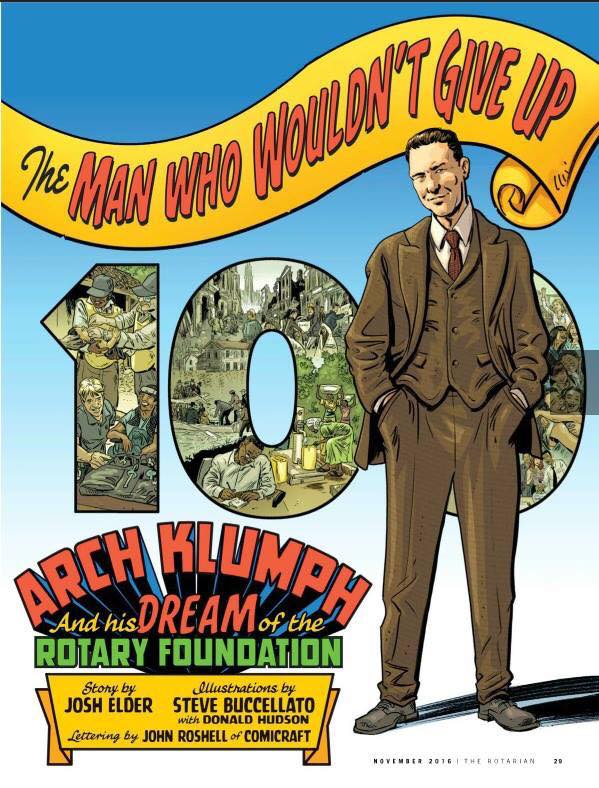History of Rotary Foundation

HISTORY OF THE ROTARY FOUNDATION
At the 1917 convention, outgoing Rotary President Arch Klumph proposed to set up an endowment “for the purpose of doing good in the world.” In 1928, it was renamed The Rotary Foundation, and it became a distinct entity within Rotary International.
GROWTH OF THE FOUNDATION
In 1929, the Foundation made its first gift of $500 to the International Society for Crippled Children. The organization, created by Rotarian Edgar F. “Daddy” Allen, later grew into Easter Seals.
When Rotary founder Paul Harris died in 1947, contributions began pouring in to Rotary International, and the Paul Harris Memorial Fund was created to build the Foundation.
EVOLUTION OF FOUNDATION PROGRAMS
1947: The Foundation established its first program, Fellowships for Advance Study, later known as Ambassadorial Scholarships.
1965-66: Three programs were launched: Group Study Exchange, Awards for Technical Training, and Grants for Activities in Keeping with the Objective of The Rotary Foundation, which was later called Matching Grants.
1978: Rotary introduced the Health, Hunger and Humanity (3-H) Grants. The first 3-H Grant funded a project to immunize 6 million Philippine children against polio.
1985: The PolioPlus program was launched to eradicate polio worldwide.
1987-88: The first peace forums were held, leading to Rotary Peace Fellowships.
2013: New district, global, and packaged grants enable Rotarians around the world to respond to the world’s greatest needs.
Since the first donation of $26.50 in 1917, the Foundation has received contributions totaling more than $1 billion.
CELEBRATE THE CENTENNIAL
In 2016-17, the Foundation turns 100, and that is definitely something worth celebrating. Get ideas for holding your own centennial event, explore the Foundation’s history in our interactive timeline, and track progress toward our fundraising goal.
Learn more
RESOURCES & REFERENCE
Rotary’s archives
The Rotary Foundation Centennial website

